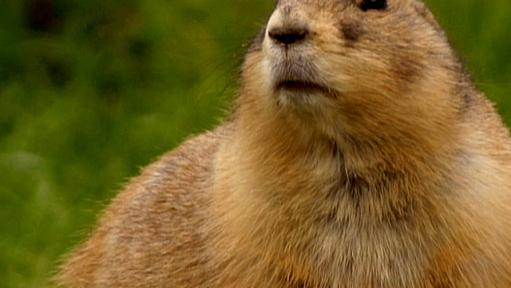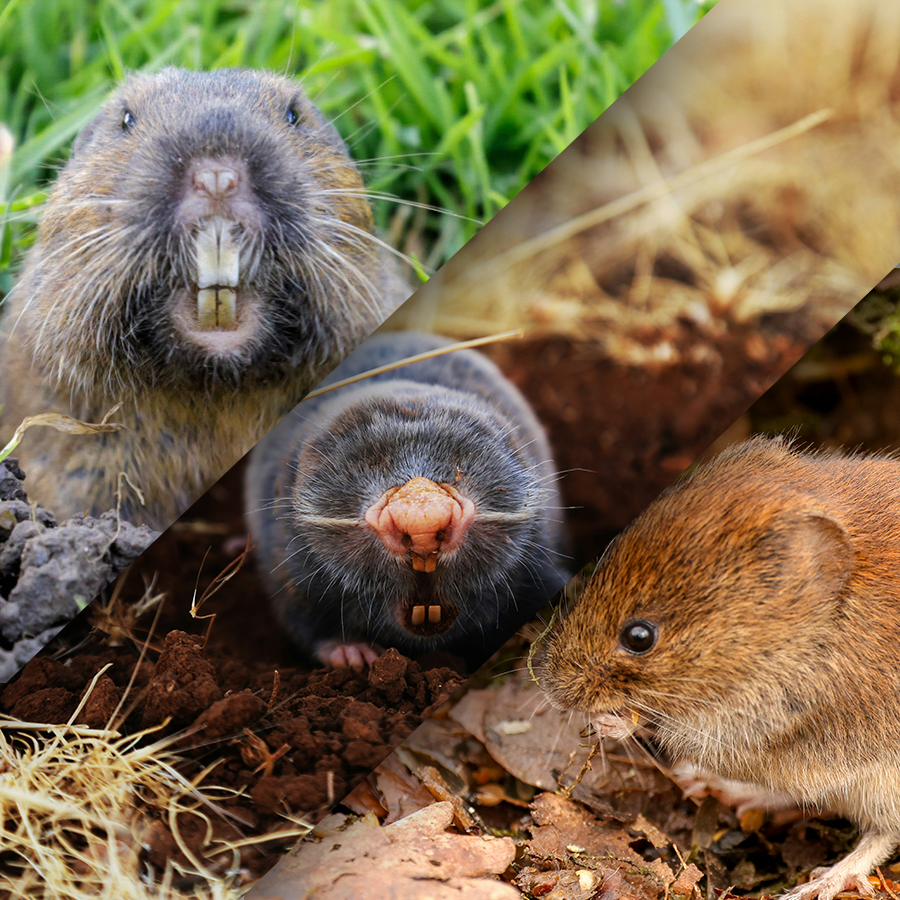Quit Gophers in Their Tracks: Comprehensive Control Approaches
Wiki Article
Ultimate Insect Control Solutions for Tackling Persistent Gopher Infestation Issues
In the world of parasite control, gophers provide an one-of-a-kind difficulty due to their persistent nature and devastating habits. Home owners and gardeners often find themselves secured in a battle of wits with these underground pests, seeking reliable services to recover their exterior spaces. While the mission for gopher control may appear overwhelming, there exist targeted techniques and tools that can transform the tide in favor of those seeking reprieve from these tunneling nuisances. By discovering a comprehensive approach that includes understanding gopher habits, using specialized trapping approaches, using repellents, and embracing long-term prevention tactics, a course towards effective gopher administration arises. The journey in the direction of achieving assurance when faced with gopher infestations starts with a calculated and enlightened approach.Comprehending Gopher Habits Patterns
Evaluating gopher behavior patterns provides beneficial insights right into their habits and choices, helping in the development of reliable bug control methods. Recognizing exactly how gophers behave is essential in designing successful bug administration strategies.Gophers are tunneling rodents understood for their comprehensive tunneling activities. gopher pest control. By observing their habits, scientists have uncovered that gophers are territorial creatures, with each gopher generally inhabiting its very own tunnel system. These passage systems offer various functions, including nesting, food storage, and security from predators
In addition, gophers show certain feeding patterns, liking roots, tubers, and other below ground plant parts. By comprehending their nutritional choices, parasite control professionals can tactically lure traps or implement repellents that target these food sources, efficiently lowering gopher populaces.
Additionally, gophers are most energetic throughout particular times of the day, normally morning and late mid-day. This knowledge can aid in scheduling parasite control activities for maximum performance. In general, a comprehensive understanding of gopher behavior patterns is important for implementing targeted and effective parasite control steps.
Reliable Trapping Techniques
When dealing with gophers, catches are a humane and reliable approach for control. One of the most frequently used traps is the box trap, which records gophers alive so they can be released somewhere else. It's vital to check catches regularly to make sure trapped gophers do not endure and to get rid of recorded gophers without delay.Using Repellents and Deterrents
To complement the efficiency of trapping methods in handling gopher infestations, property proprietors can explore the use of repellents and deterrents as extra tools in their bug control toolbox. Deterrents, on the various other hand, objective to make the setting less eye-catching to gophers by making use of vibrations or seem to imitate killers or create disturbances that make the location unwelcoming for gophers. When including repellents and deterrents into a pest control method, it is vital to adhere to application directions very carefully and on a regular basis reapply the items to preserve their performance in preventing gophers from triggering damage to properties.Implementing Natural Control Techniques

Gopher traps can be placed tactically in energetic tunnels to record and eliminate the insects. These traps are a humane method to control gopher populaces without resorting to poisonous substance or harmful chemicals. By incorporating these all-natural control techniques, it other is feasible to properly handle consistent gopher infestations in an environment-friendly fashion.
Integrating Long-Term Avoidance Approaches
To establish enduring control over gopher problems, it is important to include proactive actions that concentrate on avoiding future incidents. Executing lasting prevention methods can considerably lower the chance of gopher re-infestations.Gophers are brought in to locations i thought about this with abundant food sources like plants, bulbs, and roots. gopher exterminator. By incorporating these aggressive actions into your parasite control approach, you can create an aggressive atmosphere for gophers, inevitably lowering the likelihood of future invasions.

Verdict
In final thought, dealing with gopher infestations needs an extensive technique that incorporates trapping techniques, repellents, all-natural control techniques, and long-term avoidance methods. By comprehending gopher habits patterns and utilizing a combination of these solutions, house owners can successfully handle consistent infestations and avoid future events. It is very important to regularly maintain these pest and check control procedures to guarantee a gopher-free setting.By discovering a detailed technique that includes understanding gopher behavior, using specialized capturing methods, taking advantage of repellents, and taking on long-term avoidance tactics, a path in the direction of efficient gopher monitoring emerges. By observing their actions, researchers have actually found that gophers are territorial creatures, with each gopher generally populating its very own tunnel system. It's vital to inspect traps often to make sure trapped gophers do not experience and to eliminate captured gophers without delay. Deterrents, on the other hand, objective to make the environment much less appealing to gophers by using resonances or appear to replicate killers or develop disturbances that make the area inhospitable for gophers. Additionally, growing specific Discover More Here plants that gophers dislike, such as castor bean plants or gopher spurge, can act as a deterrent.
Report this wiki page